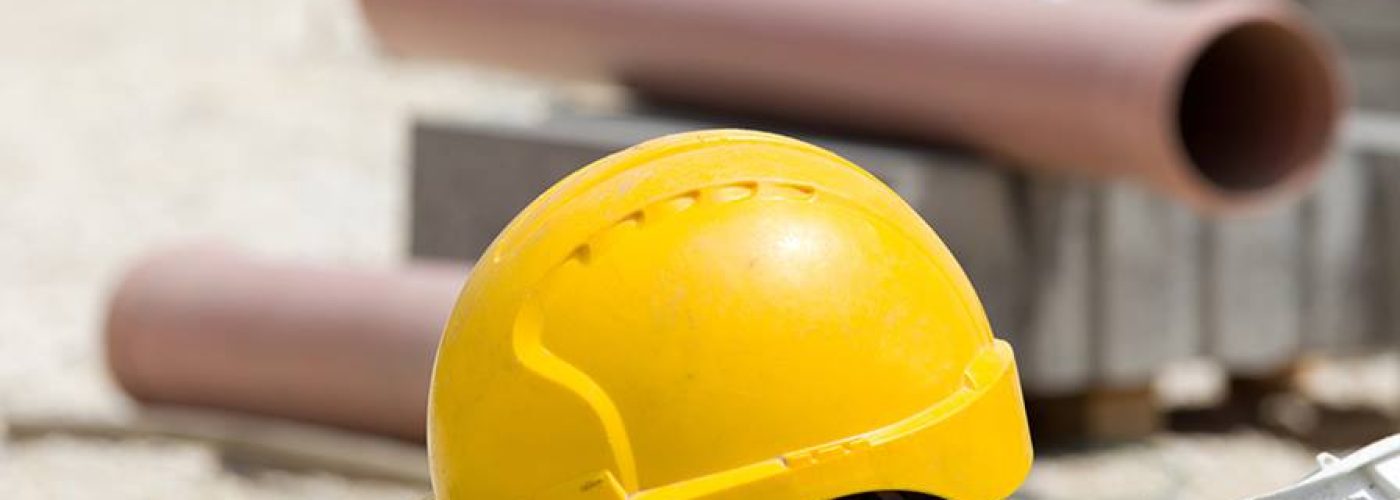Safety is one of the most important aspects to maintain in any construction project. There are regulations governing how health and safety must be handled, including the right safety measures to put in place and HSE policies to follow. Despite the extensive regulations, health and safety risks must also be mitigated from the planning stage.
Anticipating risks and making plans on how to deal with them isn’t as complicated as you think. Many of the risks faced by construction projects are actually risks that can be foreseen. To help you plan better for potential health and safety risks, we are going to take a look at the common risks to mitigate in this article.
Crowded Work Environment
Crowds gathering in certain areas of the work environment is considered a serious safety risk that needs to be handled properly. When workers gather in one particular area of the site, the risks of a workplace accident causing harm to more people gets significantly higher.
There are other situations that are completely avoidable. When heavy machinery is used to perform certain tasks, it is not uncommon for workers to gather around the work area and watch. Their presence is a serious risk; the workers are exposing themselves to serious risks of injury.
A good way to mitigate these risks is by creating clear policies and setting up boundaries around the work areas, especially when machinery is in use. This way, you can limit the number of people present in these areas to a minimum; only authorised and essential personnel must be allowed near the work area.
Machine Loading
Another high-risk point in a construction project is when heavy equipment is being loaded and unloaded. There are a lot of risks to think about, from the machinery rolling off the transport truck and harming people around the area, to the trailer or truck not having enough room to reach the unloading and loading area.
Similar to crowded work areas, risks associated with getting heavy machinery in and out of the site can be reduced with a series of tight health and safety policies. Making sure that only essential workers are present is a must.
You can also use additional tools to help keep these processes as safe as they can be. Lights are essential when the work is done at night. Safety strips, lines limiting the work areas, and other safety tools can also help manage the work area better, all while keeping that area safer for workers and the equipment you are loading and unloading.
Uneven Terrain
Slopes are among the most dangerous things you can face on a work site. When building on uneven terrain, extra precautions must be taken to ensure sufficient attention to health and safety. Working on slopes also requires special handling in most cases.
When moving trucks and other machinery up a slope, for example, the process should be straightforward. As long as the machinery has enough power to get to the top of the slope – or the work area – you have fewer risks to worry about.
Going down the slope, on the other hand, is actually riskier than you realise. Many workers on the site will take going down a slope as an easy thing to do, causing them to focus less on safety and the safety measures put in place to prevent accidents. Machinery rolling down the slope can damage property in the work area and harm workers too.
Machinery Issues
When talking about machinery issues in a construction project, you know you have a lot of risks to mitigate. Bigger risks like heavy machinery tipping over due to uneven terrain or excessive load are usually easier to manage. They are serious risks that require special handling from the beginning.
Smaller risks, on the other hand, are trickier to handle. Issues like a piece of nail getting caught in a circular saw are seemingly small issues that are often overlooked, but they are issues that can also cause serious harm to workers near the work area.
The best way to mitigate these risks is by making safety equipment and protective gear a necessity. The level of protection can also be set above the required limit so that workers remain safer while working around the project site.
Safety training is just as important. Employees must complete the necessary health and safety courses; taking it a step further and getting your staff through all the important courses – rather than the bare minimum – is also greatly recommended. The fact that finding good health and safety training is easy in the UK makes it even better; you can browse around this site for health and safety courses in your area led by trained experts.
Combined with other risk mitigation tips we covered in this article, you now have enough to cover the health and safety basics for your next construction project.





